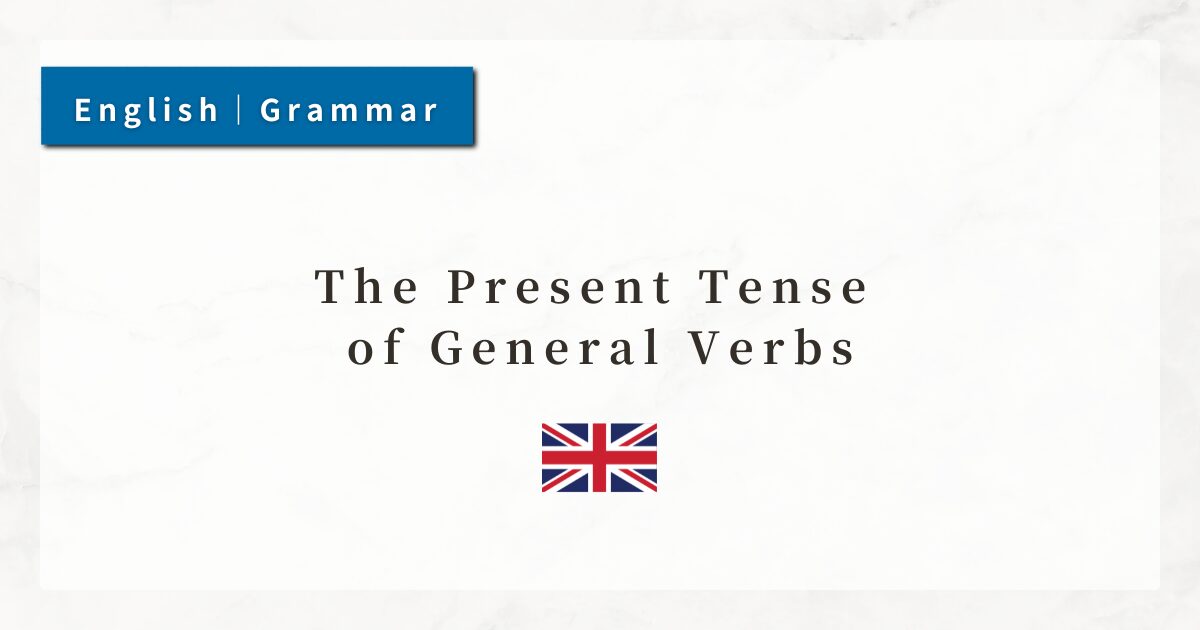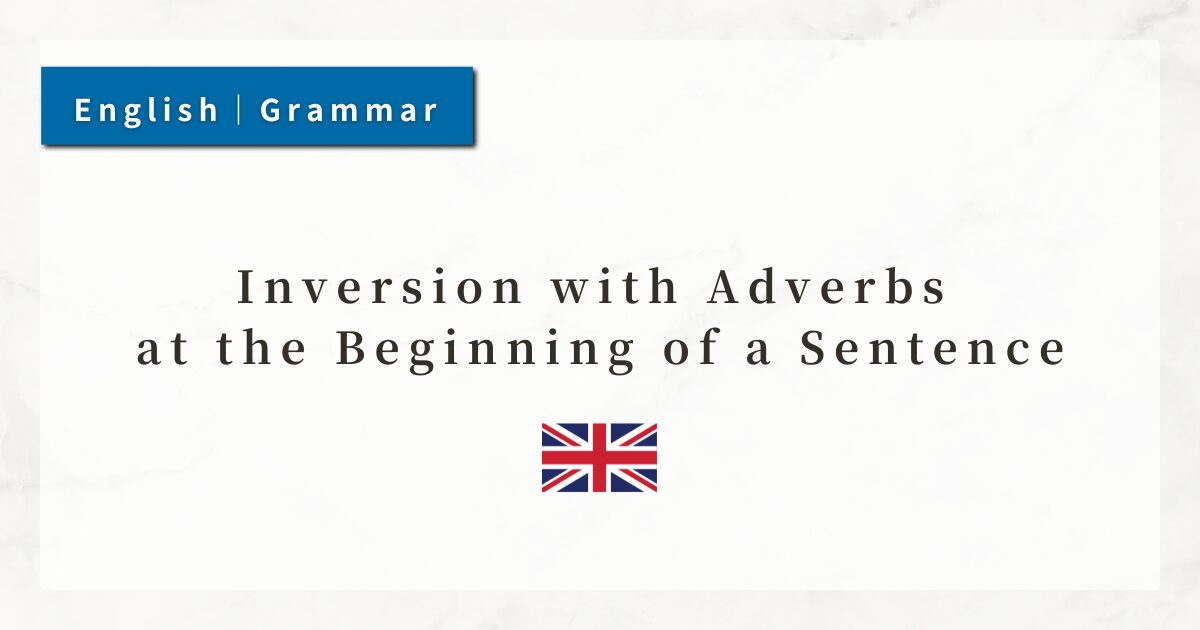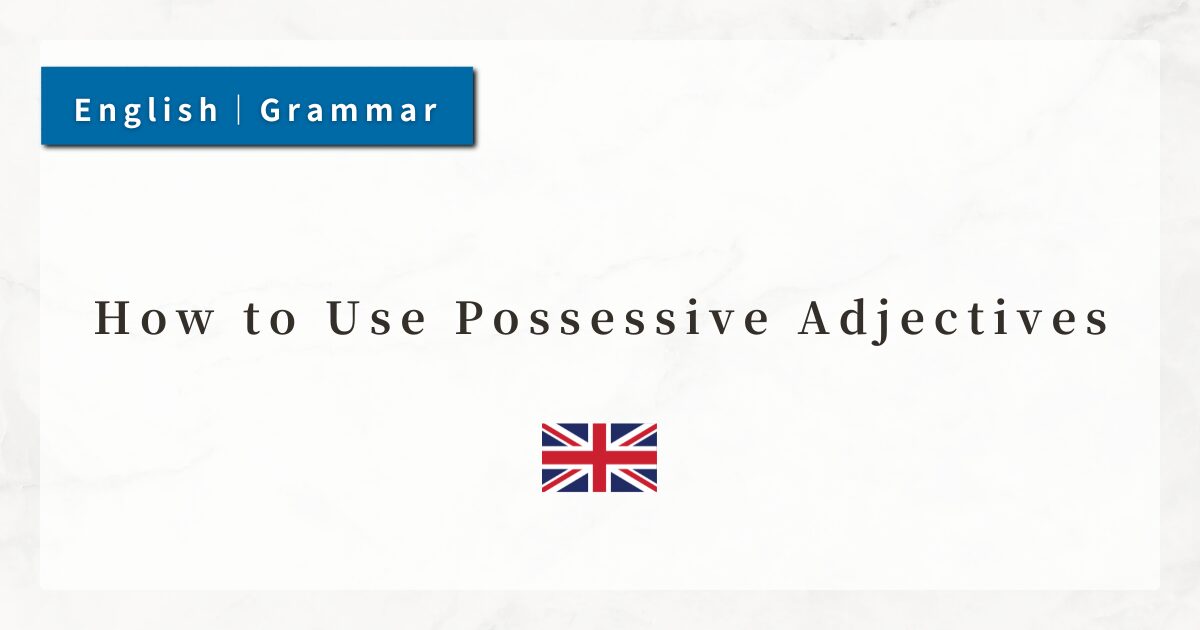#3 The Present Tense of General Verbs|Conjugation Rules and Example Sentences

When learning English, mastering the present tense of verbs is unavoidable.
In particular, the present tense of general verbs, which are used differently from the verb be (am, is, are), forms the foundation of daily conversation, writing, and expression.
In this lesson, I will explain in detail how the present tense of general verbs works.
1. Basic Rules of the Present Tense of General Verbs
English verbs can be broadly divided into two categories:
- The verb be (am, is, are)
→ expresses existence or state - General verbs (e.g., run, eat, play)
→ express actions or activities
In this lesson, I will focus on the latter—general verbs. Unlike the verb be, general verbs must change their form depending on the subject.
2. Key Uses of the Present Tense
2-1. Expressing Habits and Daily Actions
In English, the present tense does not typically describe “what is happening right now.” Instead, it is used to describe habitual or repeated actions.
- I drink tea every morning.
→ This refers to a regular habit, not just a one-time event. - She walks to school.
→ This indicates a continuous habit, such as a daily way of commuting.
In English the present tense is used for daily routines and regular actions.
2-2. Expressing Universal Truths and General Facts
The present tense is also used to state scientific facts, natural phenomena, or knowledge that is universally true.
- Water boils at 100 degrees.
- The Earth moves around the sun.
- Dogs like meat.
These describe conditions that are always valid, regardless of time.
2-3. Expressing Public Schedules and Timetables
Another important use of the present tense is to describe scheduled future events. Even though the event is in the future, English uses the present tense when the schedule is fixed.
- My flight leaves at 10 a.m.
- The concert starts at 7.
- The museum opens at 9.
This is common when talking about school timetables, transportation, and official events. Unlike be going to or will, the present tense is preferred here.
3. Changes in Verb Form According to the Subject
3-1. Third-Person Singular Endings
One of the most important rules of the present tense is that the verb must change when the subject is third-person singular.
Subjects that fall into this category include:
- People → he, she, Tom, my sister
- Objects/animals/natural phenomena → it, the train, the dog, the sun
For these subjects, verbs must take endings such as -s, -es, or -ies.
3-2. Specific Rules for Verb Endings
- Most verbs: add -s
(play → plays / eat → eats) - Verbs ending in s, sh, ch, x, o: add -es
(go → goes / watch → watches) - Consonant + y: change y to i and add -es
(study → studies / carry → carries) - Vowel + y: simply add -s
(enjoy → enjoys / say → says)
3-3. The Importance of the Third-Person Singular “-s”
The third-person singular ending is often a major challenge for learners. However, this -s is essential for both meaning and grammatical accuracy.
In casual conversation, mistakes may still be understood, but in written English or exams, such errors are considered serious.
4. Summary
- The present tense of general verbs is used to describe daily routines, repeated actions, and universal truths.
- When the subject is third-person singular (he, she, it, or singular nouns), verbs must change their form (-s, -es, -ies).
- With other subjects (I, you, we, they), verbs remain in the base form.
- Fixed schedules and official timetables are also expressed using the present tense.
- Understanding subject-verb agreement is the first step toward writing correct English sentences.




